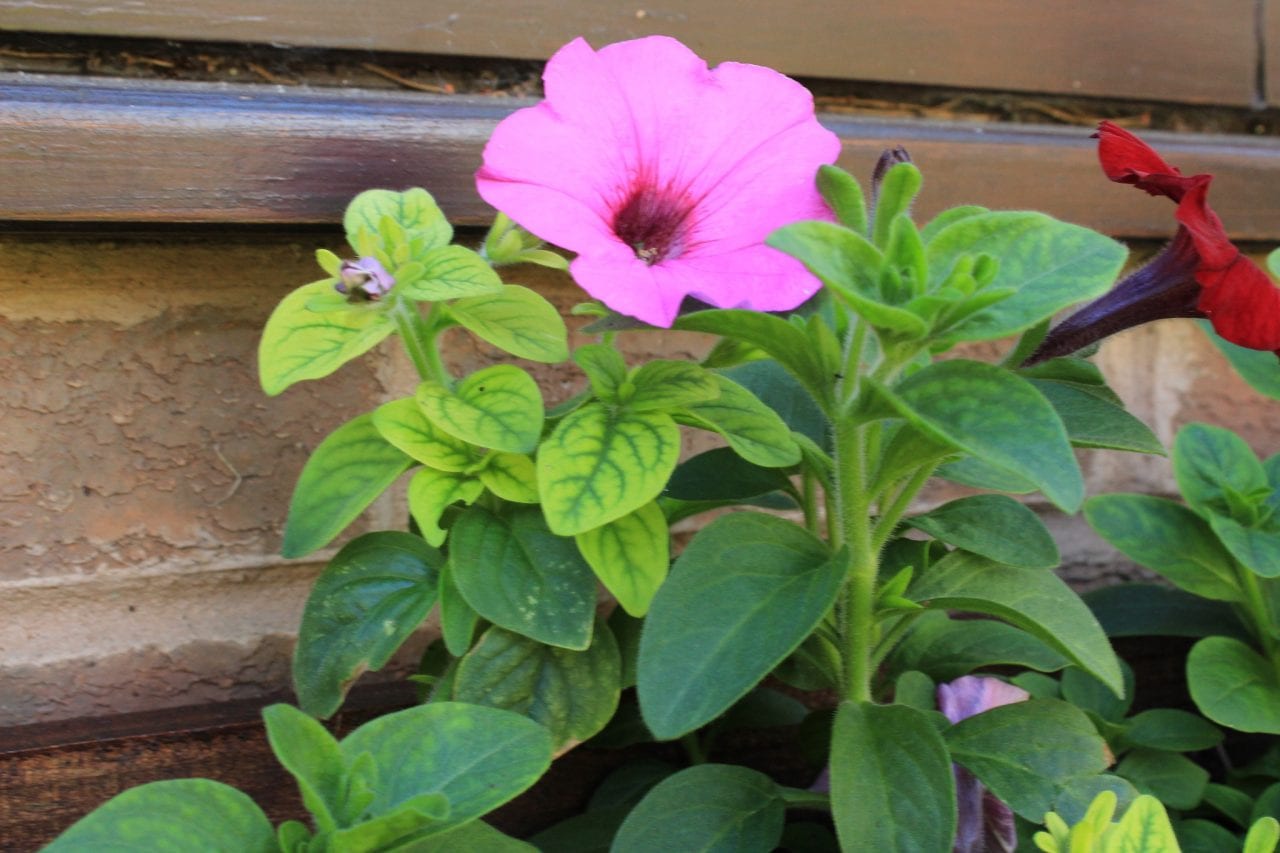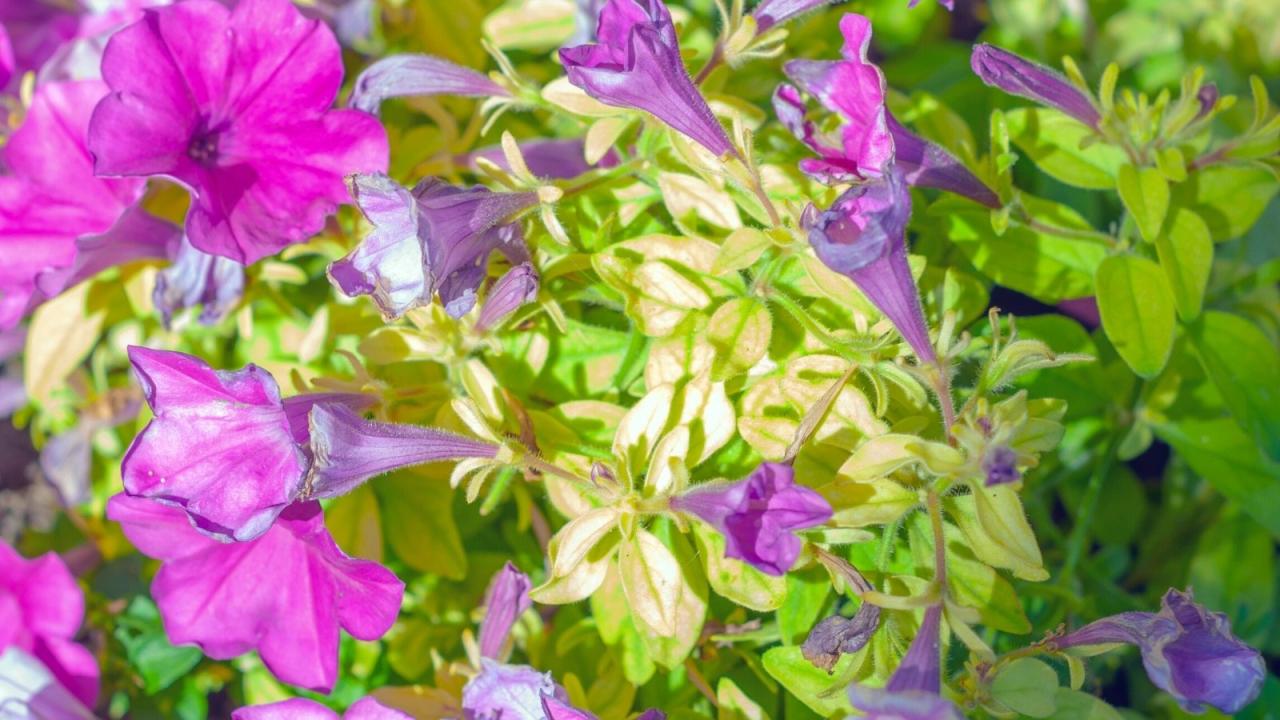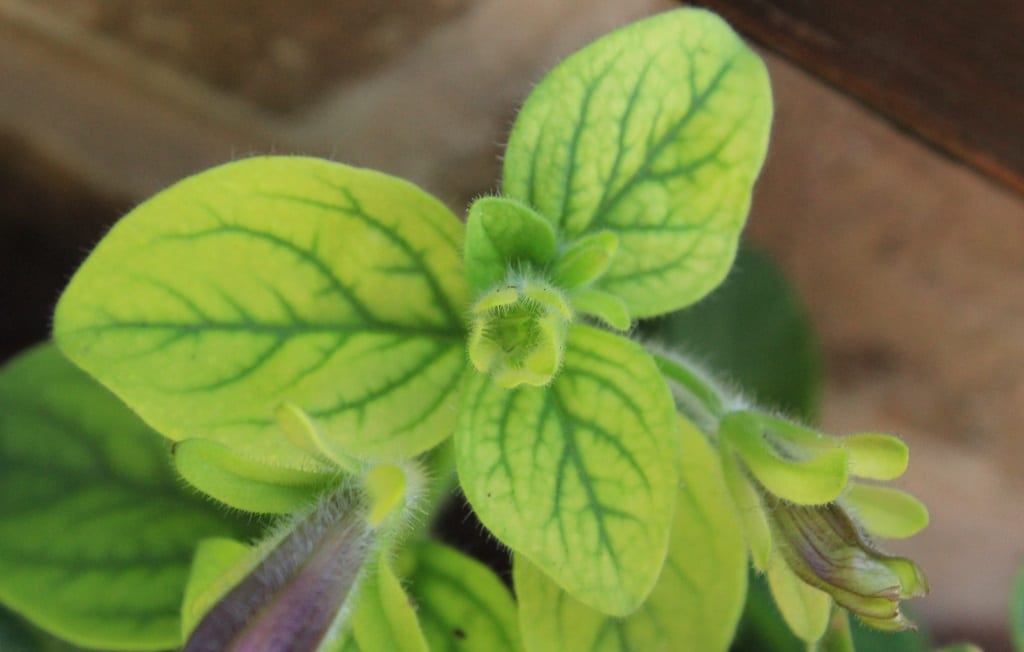Petunias Yellow Leaves – Petunias are vibrant and popular flowers that add a splash of color to gardens and landscapes. However, gardeners often encounter a common issue: petunias with yellow leaves. This condition can be frustrating and alarming, as it may indicate underlying problems that need attention. Understanding the causes of yellowing leaves in petunias is crucial for maintaining the health of these beautiful plants. This comprehensive guide will explore various factors that contribute to yellow leaves in petunias, how to identify the problem, and what steps you can take to restore their lush green appearance.
Understanding Petunias
Before delving into the causes of yellow leaves, it’s essential to have a good understanding of petunias and their care requirements. Petunias are flowering plants belonging to the nightshade family, native to South America. They are celebrated for their vibrant blooms, which come in various colors, shapes, and sizes. Petunias thrive in sunny locations and prefer well-draining soil. Knowing how to care for petunias properly can help prevent many issues, including yellowing leaves.
Common Varieties of Petunias
There are several varieties of petunias, each with unique features and care requirements. Here are the most common types:
- Grandiflora: Known for their large flowers and wide range of colors.
- Surfina: A trailing variety ideal for hanging baskets.
- Multiflora: These have smaller flowers but are more resistant to weather conditions.
- Wave: A ground cover type that spreads quickly and produces abundant flowers.
Why Are My Petunia Leaves Turning Yellow?
Yellow leaves on petunias can signal various issues. Identifying the root cause is essential for effective treatment. Below are some of the primary reasons for yellowing leaves:
1. Nutrient Deficiency
Nutrient deficiency is one of the most common causes of yellow leaves in petunias. Key nutrients, particularly nitrogen, are crucial for healthy leaf development. A lack of nitrogen can lead to yellowing, especially in older leaves.
Important Note: A balanced fertilizer with a ratio of nitrogen, phosphorus, and potassium (N-P-K) can significantly enhance petunia health.
2. Overwatering or Underwatering
Watering is critical in petunia care. Both overwatering and underwatering can lead to yellow leaves:
- Overwatering: Excess water can cause root rot, depriving the plant of oxygen and nutrients.
- Underwatering: Insufficient moisture can stress the plant, causing leaves to yellow.
It’s vital to maintain a balance and water your petunias appropriately based on the weather conditions.
3. Pests and Diseases, Petunias Yellow Leaves

Pests and diseases can also lead to yellowing leaves in petunias. Common culprits include:
- Aphids: These tiny insects suck the sap from the leaves, causing yellowing.
- Spider Mites: Mites can create stippling on leaves, leading to yellow patches.
- Powdery Mildew: This fungal disease can cause yellowing leaves, especially in humid conditions.
Regularly inspecting your plants can help catch these issues early.
4. Environmental Stress

Petunias thrive in specific environmental conditions. Extreme temperatures, excessive sun, or lack of sunlight can cause stress:
- Too Much Sun: Intense sunlight can scorch leaves, causing them to turn yellow.
- Insufficient Sunlight: Petunias need at least 6 hours of sunlight daily. Lack of light can cause leggy growth and yellowing leaves.
Diagnosing the Problem
To effectively treat yellowing leaves in petunias, diagnosis is critical. Here are steps to help you identify the problem:
1. Inspect the Leaves
Check for signs of pests, discoloration, or unusual spots. This can help you determine if pests or diseases are the issue.
2. Evaluate Watering Practices
Assess your watering routine. If the soil feels soggy or excessively dry, adjust accordingly.
3. Soil Quality Check
Test the soil to determine nutrient levels. Consider adding compost or a balanced fertilizer if it lacks essential nutrients.
How to Fix Yellow Leaves in Petunias: Petunias Yellow Leaves
Once you’ve identified the cause of the yellow leaves, you can take the appropriate steps to remedy the situation.
1. Fertilization
If nutrient deficiency is the culprit, consider using a balanced fertilizer. A slow-release formula can provide nutrients over time. Follow the manufacturer’s instructions for application rates.
2. Adjust Watering Practices
Ensure that you are neither overwatering nor underwatering your petunias. Allow the top inch of soil to dry out before watering again. Check drainage to ensure that excess water can escape.
3. Pest Management
If pests are present, treat your petunias with insecticidal soap or neem oil. Ensure to follow the product instructions carefully to avoid harming the plants.
4. Improve Growing Conditions
Make sure your petunias receive sufficient sunlight. If they are in a shaded area, consider relocating them to a sunnier spot. In extreme heat, provide some afternoon shade to prevent scorching.
Preventive Measures for Healthy Petunias
Taking proactive steps can help prevent yellow leaves in petunias. Here are some tips:
1. Regular Maintenance
Frequent checks for pests, disease, and water levels can help catch issues early before they escalate.
2. Soil Testing
Test your soil annually to determine nutrient levels and pH balance. This will guide your fertilization and soil amendment practices.
3. Proper Watering Techniques
Adopt the deep watering technique, ensuring that water reaches the root zone. Mulching can also help retain soil moisture.
4. Use Quality Seeds or Plants
Starting with high-quality petunia seeds or plants from reputable sources can significantly reduce issues related to disease or poor growth.
Petunias Yellow Leaves: A Quick Reference Table
| Cause | Symptoms | Solutions |
|---|---|---|
| Nutrient Deficiency | Yellowing leaves, especially older ones | Apply balanced fertilizer |
| Overwatering | Wilting, yellow leaves | Allow soil to dry, improve drainage |
| Underwatering | Droopy, yellow leaves | Water regularly, monitor moisture levels |
| Pests/Diseases | Spots, stippling, wilting | Insecticidal soap, neem oil treatment |
| Environmental Stress | Scorched or leggy appearance | Adjust light conditions, provide shade |
Petunias can be a stunning addition to your garden, but when faced with yellow leaves, it’s important to act quickly to identify and remedy the underlying issue. By understanding the causes, diagnosing effectively, and taking preventive measures, you can keep your petunias healthy and vibrant. Remember that every petunia is unique, so observing their specific needs will help ensure they thrive.
